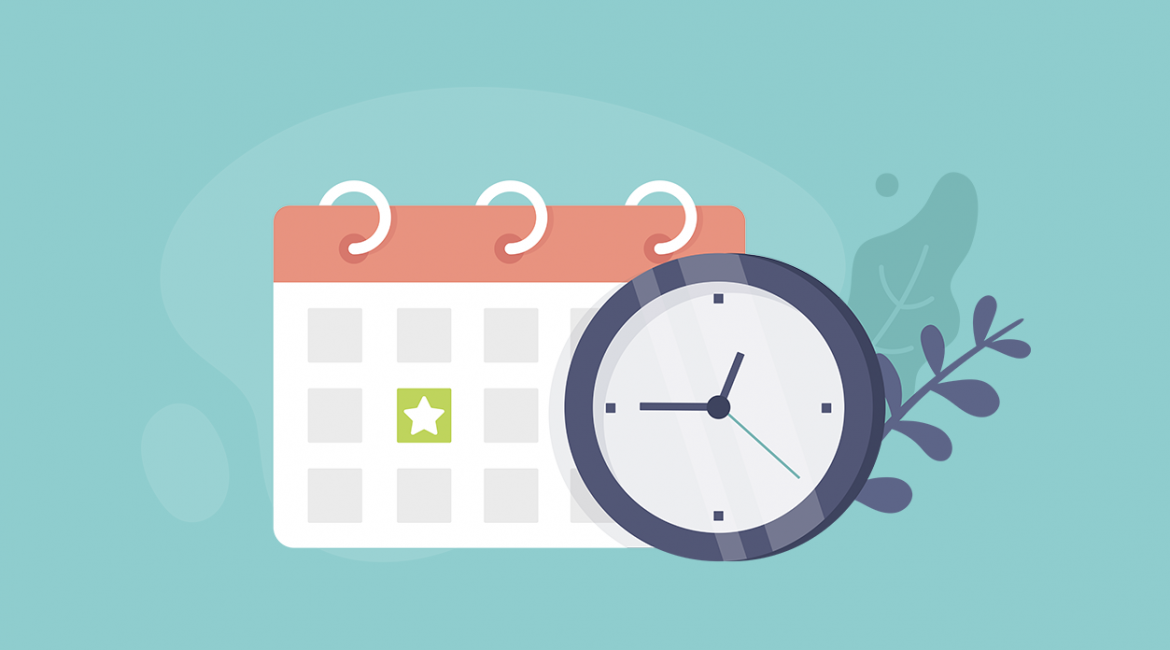Microdosing involves taking tiny amounts of psychedelics at a time—not to feel high, but just enough to feel something. Psilocybin microdoses usually contain about 0.1 mg of psilocybin. People still go about their day with ease because the amount is so tiny. For some, it can make their day feel easier emotionally or physically.
With all good things, moderation is key. Microdosing psilocybin is no different. It is not meant to be part of your daily show. Think of it like the special guest appearance—it amplifies the show. Too much of that guest doesn’t really make it special anymore, right?
When you microdose every day, you will start to build tolerance to psilocybin’s effects. Sooner or later, you’ll find your daily show isn’t getting the ratings quite like it used to and the only way to sustain them is by adding more special guests. It’s also possible you can still feel the effects of a single dose after the second or even the third day of taking it, so a dose every day is not needed.
To keep your psilocybin buzz sustainable, you’ll want to adopt a microdosing schedule with consistent breaks in between doses.
What is the best microdosing schedule?
At this time, there is no known research proving what the best microdosing schedule is. However, we can draw on a few psychedelic experts to help, including James Faidman and Paul Stamets.
Before we jump in, here are a few things to keep in mind when thinking about your schedule:
- Know what your reason for microdosing is
Is it to feel happier or reduce anxiety? Is it for a specific event or to solve a problem? This is your guide to measuring how you’re healing or improving. - Take notes along the way
This ties back to your reasoning, but also to comparing how you feel on days you’re microdosing and days you’re not. It’s you’re way of measuring how the dose is helping you each day.
- Ease into it if you’re microdosing for the first time
If you are new to microdosing, take your first and second doses on days with an open schedule and minimal responsibility. This will help you safely gauge how you are responding to the dose
Faidman’s system: One day on, two days off, repeat
Try finding a microdosing article that doesn’t mention Faidman. Throughout blogs, articles and even in the media, you’ll see Faidman’s regiment crop up. Why? Faidman is a leading researcher and advocate in the psychedelic space. He also published The Psychedelic Explorer’s Guide in 2011—which guides readers on how to have safe, therapeutic experiences with psychedelics. It also elaborates on microdosing.
Faidman recommends microdosing once every 3 days and to do it mindfully. In other words–experiment with your own mind and body, take notes and observe your feelings on your days off as well as your days on.
Here’s a breakdown for each day:
- Day one: Take your dose and see how it effects your mind and body. Journal everything you do and how you feel.
- Day two: The effects are still present, but likely not as amplified as the first day
- Day three: By this day you likely won’t be experiencing any effects, so it’s ideal for comparing and contrasting how you are feeling.
- Day four: Dose again.
Unless you’re microdosing for the first time, keep up with your day-to-day routine. It will also help you evaluate as you go, especially to explore the differences in how you interact with your surroundings.
Stamet’s system: Five days on, two days off, repeat
A mycologist by profession, Stamet is a well-known gem in the mushroom space. And not just for psychedelic mushrooms either. The guy has written six books that reflect his life-long studies on fungi… SIX.
For much of what you’ll read about Stament and psychedelic mushrooms, a lot of it will surround the stack (the cognitive enhancers you pack into your dose). He recommends it contain lion’s mane, niacin and, of course, psilocybin mushrooms.
Psilocybin and lion’s mane both create new neurons and neural pathways. But studies in mice also shows lion’s main may pack another special ability: preventing and managing Alzheimer’s Disease. Niacin is packed in the stack for deliverability—which Stamet says works as a flushing agent to more effectively distribute mushroom molecules throughout the body.
Stamet’s schedule is 5 days on, 2 days off to prevent building up tolerance to psilocybin’s effects. You can also build tolerance to niacin if taken every day as well as experience side effects. Lion’s mane, on the other hand, can be dosed daily within recommended dosage ranges.
Creating a schedule that works best for you
It is possible to create a microdosing schedule that works best for you and your primary reason for microdosing. There isn’t any research to prove what the best schedule is just yet, which does have an upside—it grants you freedom to explore how your own mind and body reacts to microdosing.
Treat your experience with microdosing like a journey and not like a destination. Remember to integrate breaks between doses to prevent building up tolerance, observe how you’re healing or improving along the way and make adjustments to your schedule to improve your experience.
What does your schedule look like? How has it helped you? Share it with us!



